Red Okra Extract (Red sorrel Extract)
Roselle (Red sorrel/Roselle), scientific name Hibiscus sabdariffa L., is an African plant of the Malvaceae family. Okra seeds are used to make oil in China, and the plant is utilised in medicine. In African countries, the plant and its seeds are used to make tea to treat high blood pressure (Hypertension), fever (Pyrexia), with nutritional values such as carbohydrate (68.7%), fibre (14.6%), and ash (12.2%) in traditional medicine used to reduce fever, expectorant, relieve cough, diuretic, and fatigue. As a mild laxative, it nourishes the body and stimulates intestinal peristalsis. It stimulates milk production in expecting and nursing women and is also used to heal wounds. Anthocyanins such as Delphinidin-3-sambubioside and Cyanidin-3-sambubioside, Flavonoids such as Steroids, Hibiscitrin, Sabdaritrin, and Gossypitrin, Triterpernoids, Organic acids such as Citric acid, Hydroxycitric acid, Hibiscus acid, Malic acid, and Tartaric acid, and its alkaloids are the major chemical constituents of okra.
Roselle extract’s use in the food supplement sector (Supplement Industries)
Because red okra includes a high fibre content, it aids in excretion for persons who suffer from constipation. Dysentery patients may have twisted abdominal discomfort. It has an anti-inflammatory effect (Anti-inflammatory) on the body by decreasing TNF- production and increasing IL-10 production. It also has an antioxidant effect (Anti-oxidation), which helps to protect the nervous system (Nephroprotective activity) and liver (Hepatoprotective activity) from toxins while also lowering cholesterol and blood sugar levels (Anti-diabetic activity) by inhibiting the activity of amylase enzymes. As a result, the absorption of sugar and starch in the intestines is decreased, which aids in the reduction of blood pressure and the production of urine.
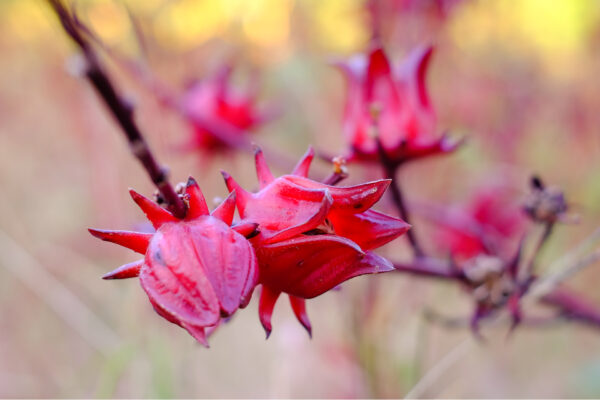
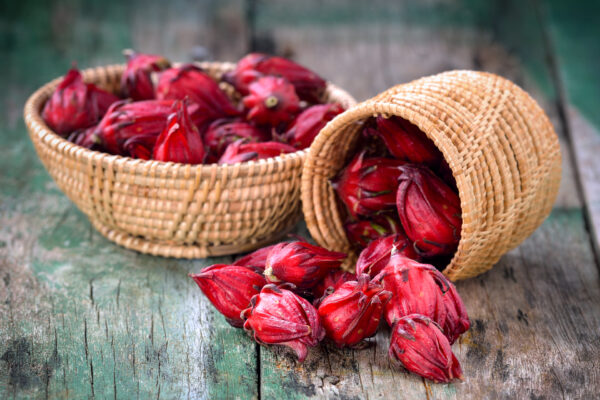
Roselle Extract’s Use in the Cosmetic Industry
Roselle extract has antibacterial properties (Anti-bacterial) against Staphylococcus aureus, Bacillus stearothermophilus, Micrococcus luteus, Serratia mascences, Clostridium sporogenes, Escherichia coli, Klebsiella pneumoniae, Bacillus cereus, and Pseudomonas fluorescence (Anti-oxidation), as well as anti-inflammatory properties (Anti-inflammatory) (Anti-inflammatory).
Properties of Red okra
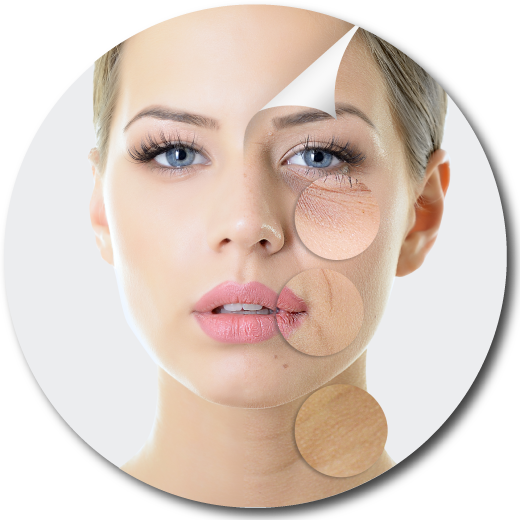
Anti-oxidation
contains antioxidants Slow down the aging process of the skin
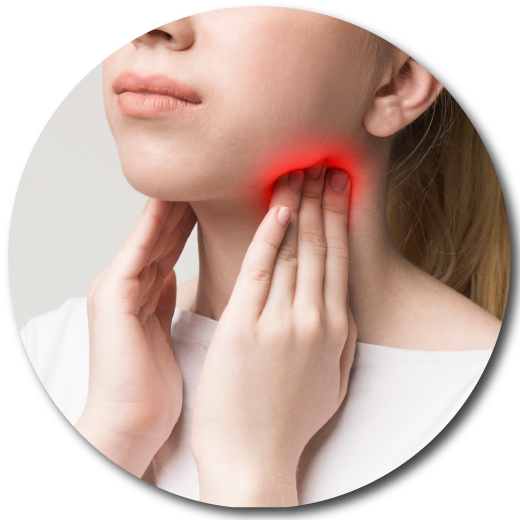
Anti-inflammatory
pain relief anti-inflammatory

Anti-cholesterol
lower cholesterol levels
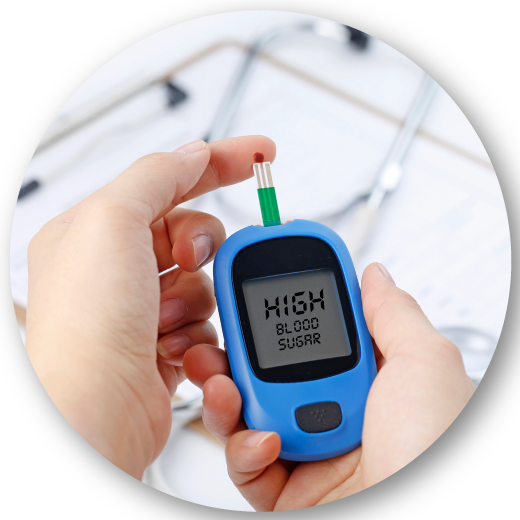
Anti-diabetes
Lowering blood sugar levels for diabetics
Further investigation of red okra extract
Okra extract form and okra extract products are now being developed to raise the stability of the extract or development of raw material sources extraction method and the process of generating products that are stable and increase the efficiency of the active components. In the development of research and natural extracts, TIBD now collaborates with major research institutes both locally and abroad, such as Japan and Brazil. However, if you are interested in co-investing in the form of research development, commercial patent development, or continuing to make product formulae under your brand, you may contact the firm through any method.
Reference
Riaz, G., & Chopra, R. (2018). A review on phytochemistry and therapeutic uses of Hibiscus sabdariffa L. Biomedicine & Pharmacotherapy, 102, 575-586.
Islam, M. M. (2019). Food and medicinal values of roselle (Hibiscus sabdariffa L. Linne Malvaceae) plant parts: a review. Open J Nutr Food Sci, 1(1), 1003.
Da-Costa-Rocha, I., Bonnlaender, B., Sievers, H., Pischel, I., & Heinrich, M. (2014). Hibiscus sabdariffa L.–A phytochemical and pharmacological review. Food chemistry, 165, 424-443.


